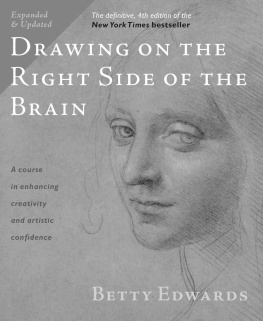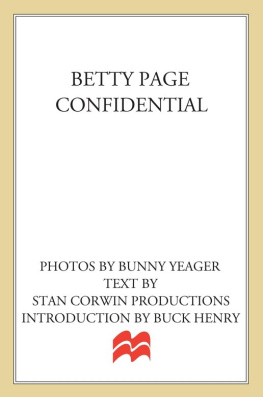Betty Edwards - Drawing on the Dominant Eye: Decoding the Way We Perceive, Create, and Learn
Here you can read online Betty Edwards - Drawing on the Dominant Eye: Decoding the Way We Perceive, Create, and Learn full text of the book (entire story) in english for free. Download pdf and epub, get meaning, cover and reviews about this ebook. year: 2020, publisher: Penguin Publishing Group, genre: Home and family. Description of the work, (preface) as well as reviews are available. Best literature library LitArk.com created for fans of good reading and offers a wide selection of genres:
Romance novel
Science fiction
Adventure
Detective
Science
History
Home and family
Prose
Art
Politics
Computer
Non-fiction
Religion
Business
Children
Humor
Choose a favorite category and find really read worthwhile books. Enjoy immersion in the world of imagination, feel the emotions of the characters or learn something new for yourself, make an fascinating discovery.
- Book:Drawing on the Dominant Eye: Decoding the Way We Perceive, Create, and Learn
- Author:
- Publisher:Penguin Publishing Group
- Genre:
- Year:2020
- Rating:3 / 5
- Favourites:Add to favourites
- Your mark:
- 60
- 1
- 2
- 3
- 4
- 5
Drawing on the Dominant Eye: Decoding the Way We Perceive, Create, and Learn: summary, description and annotation
We offer to read an annotation, description, summary or preface (depends on what the author of the book "Drawing on the Dominant Eye: Decoding the Way We Perceive, Create, and Learn" wrote himself). If you haven't found the necessary information about the book — write in the comments, we will try to find it.
Drawing on the Dominant Eye: Decoding the Way We Perceive, Create, and Learn — read online for free the complete book (whole text) full work
Below is the text of the book, divided by pages. System saving the place of the last page read, allows you to conveniently read the book "Drawing on the Dominant Eye: Decoding the Way We Perceive, Create, and Learn" online for free, without having to search again every time where you left off. Put a bookmark, and you can go to the page where you finished reading at any time.
Font size:
Interval:
Bookmark:
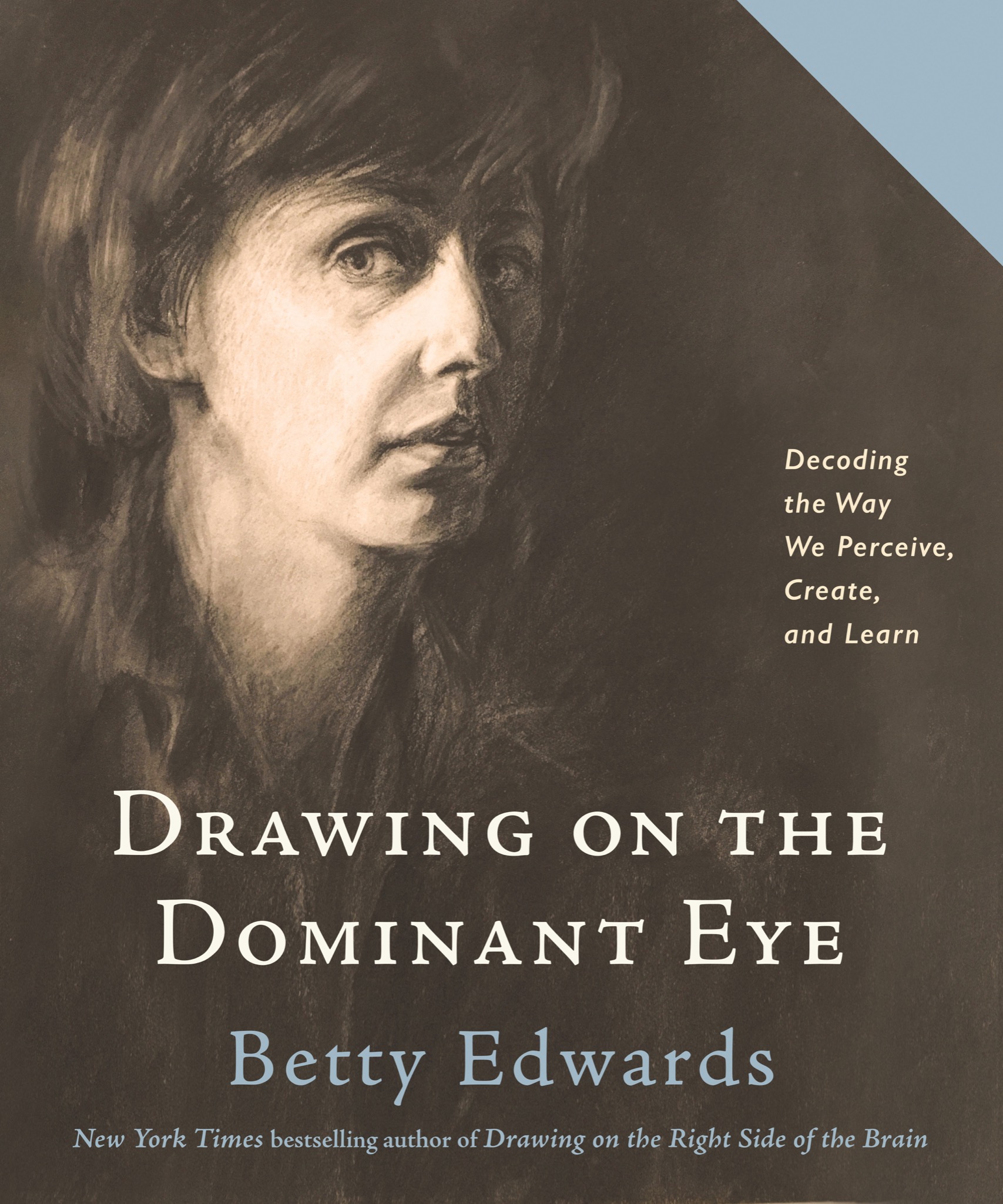

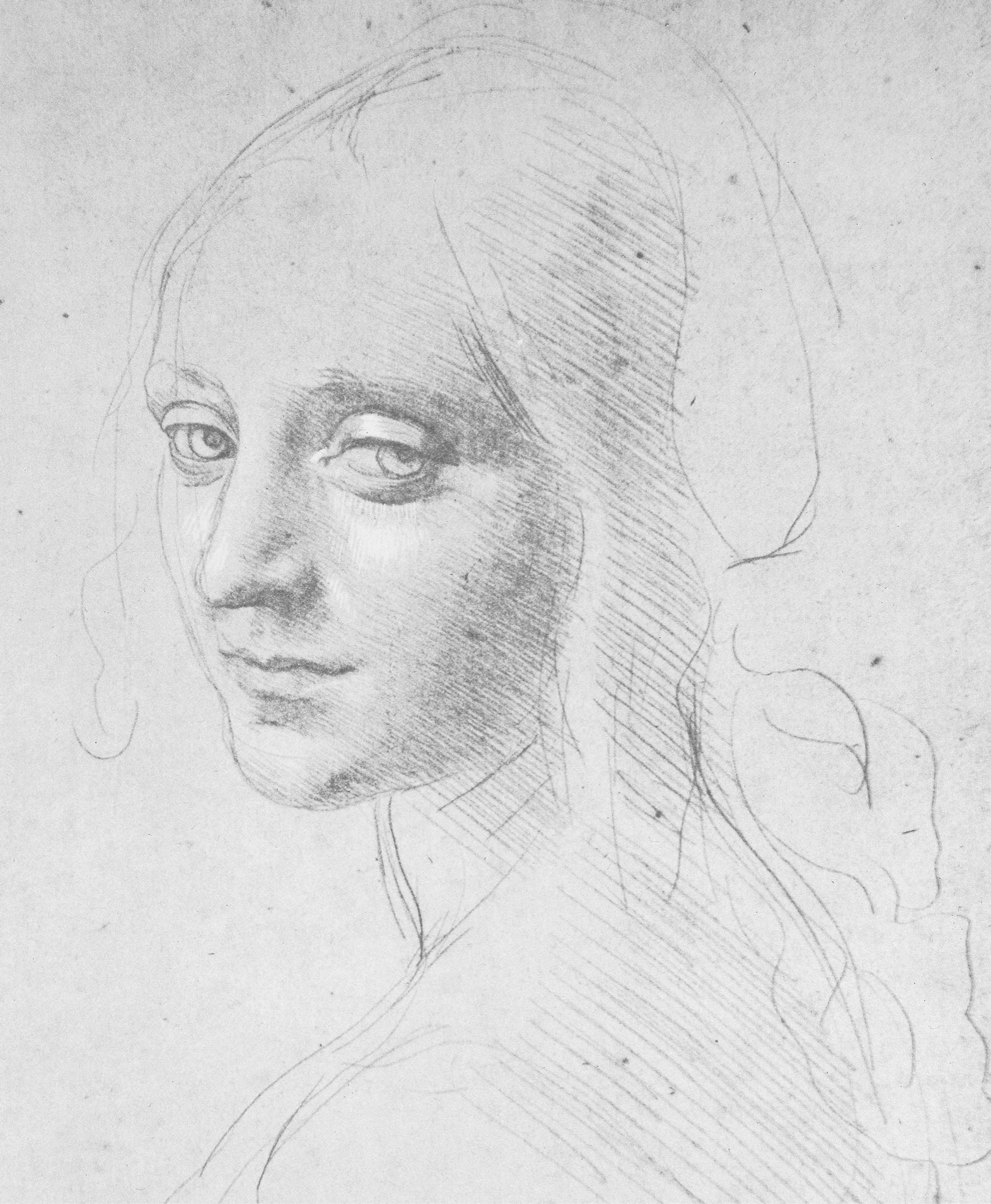
Leonardo da Vinci, Study for the Head of a Girl (detail). Silverpoint with white highlights on prepared paper, 181 x 159 mm. Biblioteca Reale, Torino.
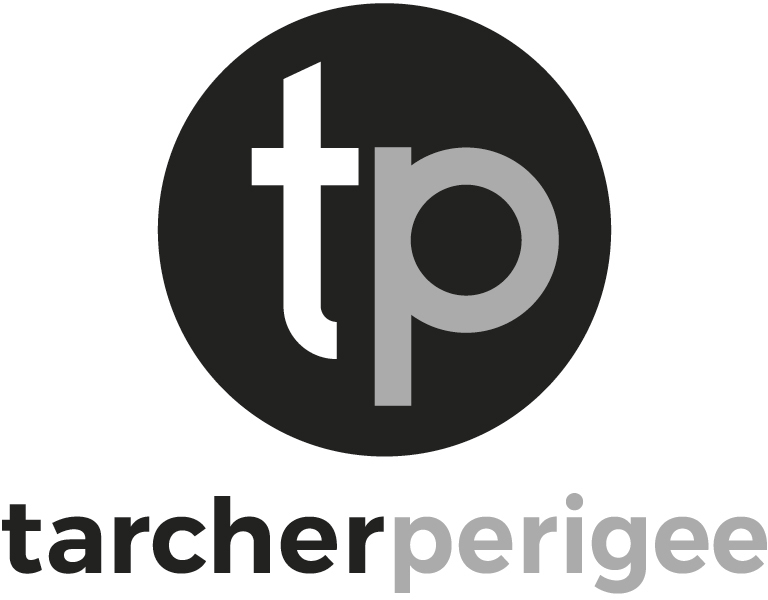
an imprint of Penguin Random House LLC
penguinrandomhouse.com
Copyright 2020 Betty Edwards
Images
Image
Hieroglyphics image
Image
Images
Photo courtesy Getty Images
Penguin supports copyright. Copyright fuels creativity, encourages diverse voices, promotes free speech, and creates a vibrant culture. Thank you for buying an authorized edition of this book and for complying with copyright laws by not reproducing, scanning, or distributing any part of it in any form without permission. You are supporting writers and allowing Penguin to continue to publish books for every reader.
TarcherPerigee with tp colophon is a registered trademark of Penguin Random House LLC
Library of Congress Cataloging-in-Publication Data
Names: Edwards, Betty, 1926
Title: Drawing on the dominant eye: decoding the way we perceive, create, and learn / Betty Edwards.
Description: [New York]: TarcherPerigee, [2020]
Identifiers: LCCN 2020032920 (print) | LCCN 2020032921 (ebook) | ISBN 9780593329641 (hardcover) | ISBN 9780593329658 (ebook)
Subjects: LCSH: Human information processing. | Ocular dominanceProblems, exercises, etc. | DrawingPsychological aspects.
Classification: LCC BF444 .E39 2020 (print) | LCC BF444 (ebook) | DDC 153.7/58dc23
LC record available at https://lccn.loc.gov/2020032920
LC ebook record available at https://lccn.loc.gov/2020032921
p. cm.
Ebook ISBN 9780593329658
pid_prh_5.6.0_c0_r0
I dedicate this book with love to my daughter and son, Anne and Brian
First and foremost, I am grateful beyond words for the invaluable assistance and guidance over many years of Robert Barnett and Deneen Howell, partners at Williams & Connolly LLP, in Washington, DC. From the initial proposal to the publication of my book, their help was essential, and it continued step-by-step through the entire process. To both, a heartfelt thank-you!
Im also grateful to Megan Newman, vice president and publisher of TarcherPerigee of Penguin Random House, for her skillful oversight of the project, and to Marian Lizzi, editor-in-chief and vice president, for her careful reading and probing questions about my manuscript. Marian is a writers ideal editor: rapid responses, tough queries, and a delightful sense of humor. To Megan and Marian, thank you!
To the TarcherPerigee design staff, especially associate art director and jacket designer Nellys Liang and book designer Shannon Nicole Plunkett, thank you! The entire editorial, design, and marketing team has been a delight to work with, including Farin Schlussel, Anne Kosmoski, Alex Casement, Lindsay Gordon, Andrea Molitor, and Victoria Adamo. Im especially grateful to Rachel Ayotte, editorial assistant, who kept everything focused and on track. To the whole team, my thanks!
To my daughter, Anne Bomeisler Farrell; my son, Brian Bomeisler; and my son-in-law, John Farrell: my family contributed greatly to this project, to my benefit. My daughter, Anne, is an excellent writer, reader, editor, and soundboard for ideas. She has exceptional technical skills and was enormously helpful in making sure that each iteration of the manuscript remained safe, updated, and accessible. Thank you, Annie!
My son Brians superb drawing skills were put to good use in many of the books illustrative drawings, and the before-and-after drawings were the result of his inspired teaching of the methods of Drawing on the Right Side of the Brain, which he has been doing for many years. He also helped greatly with reviewing the manuscript. Thank you, Bri!
My son-in-law, John Farrell, a history professor and himself a fine writer, was yet another invaluable manuscript reader and editor. Thank you, John!
As always, I am inspired by my granddaughters, Sophie and Francesca, both of them the lights of my life.
My dear friend, Amita Molloy, who recently retired as a book designer for the J. Paul Getty Museum, generously put her formidable expertise toward helping me understand some important design principles that appear in the final cover. Thank you, Amita! And to her late husband, Joe Molloy, the esteemed graphic designer in Los Angeles, whose beautiful design of Drawing on the Right Side of the Brain was a touchstone for the look of this new book, I offer my enduring gratitude.
I feel honor-bound to once more express my appreciation to the Venice High School students and the thousands of our Drawing on the Right Side of the Brain students around the world who, over the years, have contributed so greatly to my understanding of how a person learns to draw. Thank you to all our students!
And finally, I express my gratitude, as always, to the memory of neurobiologist and Nobel Laureate Dr. Roger W. Sperry, for his generosity and kindness to me so many years ago.
Betty Edwards
August 2020
About five decades ago, I drew the self-portrait that is on the cover of this book. I have kept the drawing all these years as a sort of memento of a significant life changefrom a life as an aspiring artist to a recognition of my need for a steady job and income to support my familythat classic crunch when reality sets in, something that may be familiar to anyone who aims for a life as an artist.
I opted to become a teacher, eventually in a full-time job as an art teacher at Venice High School, a public school in West Los Angeles. Eventually, I pursued a masters degree and then a doctorate at UCLA, all the while teaching art and gaining more understanding about the brain and its powerful role in creativity and learning to draw. About ten years later, those experiences led to my book Drawing on the Right Side of the Brain, and to a new and far more public career.
Now, looking back over a long life, this self-portrait, drawn many years ago, like all such drawings, retains its place for me as a life-marker but also fortuitously works here as a clear illustration of a dominant (in my case) right eye.

Paul Klee, Senecio or Head of a Man Going Senile , 1922. Kunstmuseum Basel, Basel.
Curiosity about other people is a powerful human trait. We want to know: Who are they, really? What are they thinking? What are they feeling? To catch a glimpse of the real person behind the words and appearance of people we meet, we have always had two main tactics. One is listening closely to spoken words. The other is trying with our eyes to see into the mind and thoughts of the real person as reflected in their face and eyes.
Over the centuries, writers and thinkers have generated countless proverbs and quotations about this somewhat subconscious search. Roman statesman Marcus Tullius Cicero (10643 BC) said, The face is the portrait of the mind, with the eyes as its interpreter. Roman Catholic priest, theologian, and historian Saint Jerome (AD 347419) said, The face is the mirror of the mind, and the eyes without speaking confess the secrets of the heart. A Latin proverb, date unknown, states, The face is the portrait of the mind, the eyes its informer.
Font size:
Interval:
Bookmark:
Similar books «Drawing on the Dominant Eye: Decoding the Way We Perceive, Create, and Learn»
Look at similar books to Drawing on the Dominant Eye: Decoding the Way We Perceive, Create, and Learn. We have selected literature similar in name and meaning in the hope of providing readers with more options to find new, interesting, not yet read works.
Discussion, reviews of the book Drawing on the Dominant Eye: Decoding the Way We Perceive, Create, and Learn and just readers' own opinions. Leave your comments, write what you think about the work, its meaning or the main characters. Specify what exactly you liked and what you didn't like, and why you think so.


